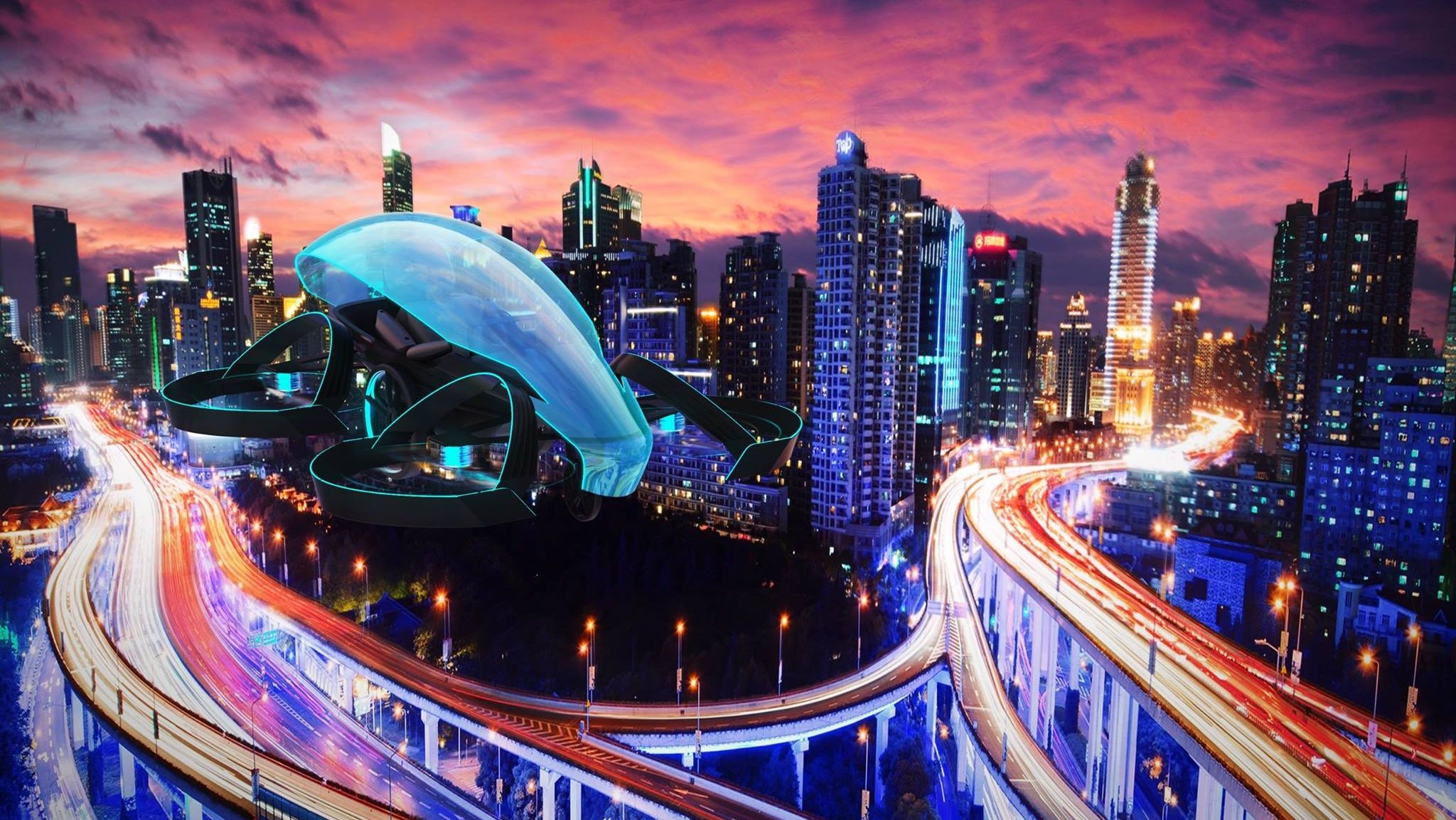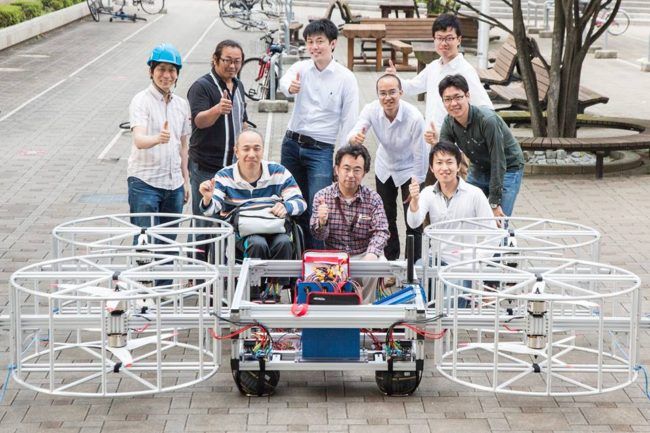The thought of seeing a flying car remains a figment of the imagination for a lot of people. But that’s not the case to a group of people that make up Cartivator, a collection of Toyota employees who work on their free time to develop a flying car. The group has been relentless in its pursuit of developing the technology that can pave the way for a flying car to become a reality. They’ve gotten minimal support since their collective started in 2012, but with the 2020 Tokyo Olympics fast approaching, Cartivator just landed a big ally from its mothership.
Previously ambivalent to the thought of flying cars, Toyota has reversed course by throwing its support behind Cartivator and providing roughly 40 million yen, or about $352,982, to the group to get its research off the ground, no pun intended. The Japanese automaker’s contribution to Cartivator’s cause is a huge stimulant to the group’s goal, which had previously relied on private individuals and online crowdfunding to generate financing. While there are still a number of obstacles to be cleared, Cartivator’s research and development has progressed to the point that it’s already developing a prototype for a manned test flight by the end of 2018. With Toyota’s help, the objective now shifts to getting a flying car off the ground in time for the 2020 Tokyo Olympics to serve the singular purpose of lighting the Olympic flame. Seems like a reasonable goal, don’t you think?
Continue after the jump to read the full story.
Toyota's involvement is a big step in the right direction
As somebody who once dreamt of driving a flying car, I will never dismiss any project that tries to turn those dreams into reality. My expectations have obviously shifted but I still root for people and companies who push forward into achieving what many have deemed impossible for so long. Hearing about Toyota getting on board a project started by its own employees is a huge step in that direction, not because the Japanese automaker has had a change in perspective, but more because it’s now putting in the money and the support to get the project up and running. Even Toyota chairman Takeshi Uchiyamada has been convinced of Cartivator’s goal, telling the Nikkei Asian Review that “things will not progress if you wait and provide money only when the technology is ready.”
The more important question now is whether Cartivator can achieve its goals in time for the 2020 Tokyo Olympics. To that end, the group says that it already has the design of its flying car called “SkyDrive” and that it plans to show off its creation in July 2017. That’s in the next two months if any of you have a calendar nearby. The car itself seats only a single person in a bubble-like canopy with the sides completely open. It features a tricycle layout with one wheel in the front and two wheels in the rear to allow for land travel and four rotors on each of the corners that make it possible for the car to get off the ground and take flight. The group has yet to give any concrete details as far as performance numbers go, but it did say that it’s targeting the SkyDrive to have the capacity to have a top speed of 93 mph on land and as much as 62 mph in the air.
Even with the modest numbers attributed to the SkyDrive, the actual task of getting a flying car up and running is still littered with enough complications and roadblocks to make less dedicated people throw up their arms in surrender. Between safety concerns, government issues, licensing frameworks, and general traffic rules in the air, don’t expect to see Jetsonian flying cars anytime soon.
The good news is that even with all these issues, a lot of companies, including Toyota, now deem it possible. Airbus, for example, has test flights planned for its flying car prototype this year. Uber has also announced plans to launch flying taxi services and even small start-ups like Cartivator and the Larry Page-backed Kitty Hawk are now dreaming of one day getting to the skies in a car.
I’m tempted to say that it’s only a matter of time before we see flying cars, but I won’t out of respect to the difficulty of breaking into this new frontier. I am optimistic though that it could still happen, especially now when major companies like Toyota are finally getting on board. Takeshi Uchimayada is right when he said what he said. If you want to see progress in this field, don’t wait until the technology is ready to put money into it because if you do, you’re basically waiting for nothing.


